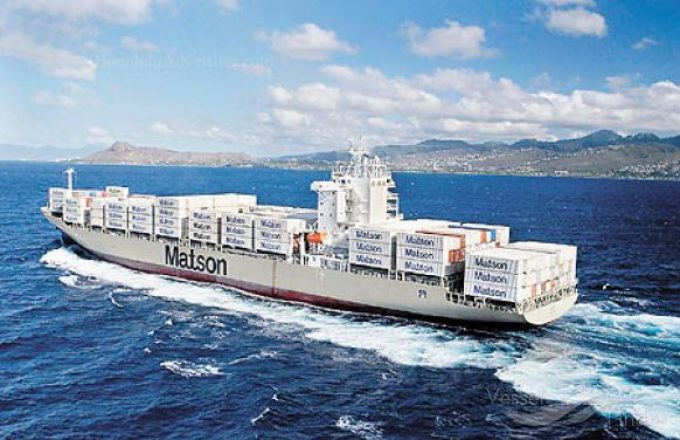Transpacific rates ease as capacity boost proves too much for trades to digest
Transpacific rates, specifically for US West Coast-bound cargo, are at last showing signs of correction ...

HMM tops the emissions rankings for the US west coast-Far East tradelane, according to Xeneta’s latest ‘naming and faming’ list – though the results have damning implications for American Jones Act carrier Matson.
Following recent criticisms of the IMO’s CII as an ‘own-goal’, on ...

Comment on this article